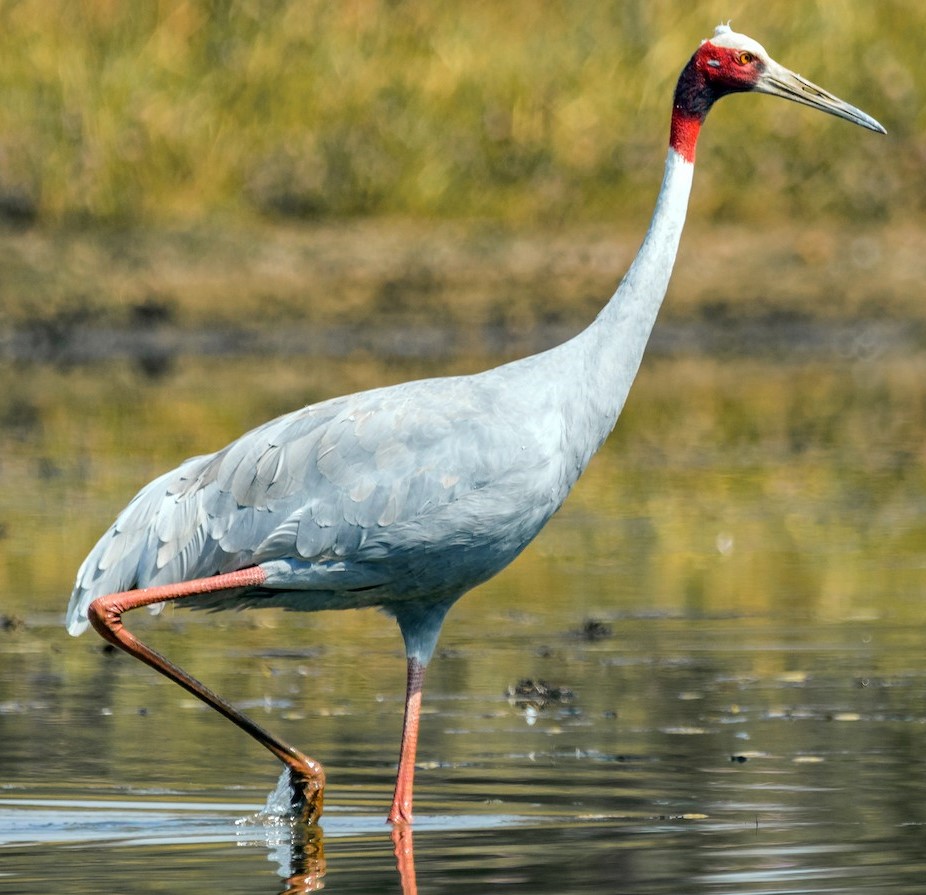900 319 0030
enquiry@shankarias.in
The Forest department has filed a case and issued a notice to an Uttar Pradesh man who rescued a Sarus crane and took care of it for a year.

|
Protection |
Status |
|
Wildlife Protection Act, 1972 |
Schedule I |
|
IUCN |
Vulnerable |
|
CITES |
Appendix II |
|
CMS |
Appendix II |
Sarus crane is the official State bird of Uttar Pradesh.
References
The Coffee Board has issued an advisory to coffee farmers to tackle the attack of berry borer in Robusta coffee plants.
References
The Prime Minister unveiled the Bharat 6G Vision Document in the ITU Area Office in Vigyan Bhawan.
References
Lebanon saw mass confusion after its government decided to delay Daylight Saving Time (DST) by a month.
References
References